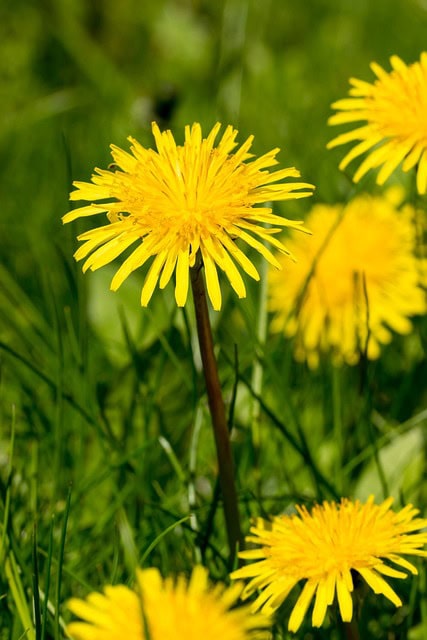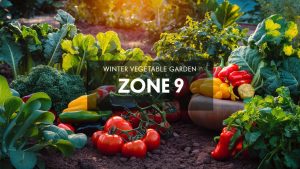In this post, we will guide you through the process of harvesting dandelions, their benefits, and how to incorporate them into your life.
Understanding Dandelions

Dandelions belong to the Asteraceae family and are scientifically known as Taraxacum officinale. They thrive in various climates and soil conditions, making them one of the most common plants found worldwide. These hardy perennials have deep taproots and a distinctive rosette of leaves, which are edible and packed with nutrients.
When and Where to Harvest
Timing is everything when harvesting dandelions. The best time to collect dandelion greens is in early spring before the flowers bloom, as the leaves are more tender and less bitter during this period. If you’re looking to harvest flowers, do so when they are fully open but still bright and fresh. Dandelions can also be harvested in the fall, especially the roots, which are full of nutrients as they store energy for the winter.
Choosing the Right Location
While dandelions are abundant in many environments, it’s essential to choose a clean area for harvesting. Avoid locations near roadsides, industrial sites, or places that have been treated with pesticides or herbicides. Look for dandelions in your garden, parks, or natural areas that are free of chemical treatments.
Tools Needed
Harvesting dandelions requires minimal tools. Consider using the following:
Gardening gloves: To protect your hands from dirt and potential irritants.
Sharpened kitchen knife or scissors: To cut the leaves or flowers cleanly without damaging the plant.
Basket or container: To collect your harvest without crushing the delicate leaves and flowers.
How to Harvest Dandelions
Identify the Plant: Ensure that you have correctly identified the dandelion plant. Look for the recognizable jagged leaves, bright yellow flowers, and the signature fluffy seed heads.
Select Your Parts:
For leaves, choose young, tender leaves from the center of the plant. Older leaves may be too bitter.
For flowers, pick blooms that are vibrant in color, avoiding any that are wilting or browning.
For roots, use a digging fork or spade to gently loosen the soil around the base of the plant. Pull straight up to avoid breaking the root.
Harvest Responsibly: Only take what you need and leave enough for the plant to continue growing. Dandelions are beneficial for pollinators and help improve soil health.
Clean and Prepare: Once harvested, gently clean the dandelions to remove soil and insects. Rinse the leaves and flowers in water, and pat them dry with a clean towel.
Nutritional Benefits
Dandelions are rich in vitamins A, C, and K, along with minerals such as calcium, iron, and potassium. The leaves can provide a slightly bitter, yet refreshing taste when added to salads, smoothies, or cooked as greens. The flowers can be used to make wine or herbal remedies, while the roots can be roasted and brewed as a caffeine-free coffee substitute.
Culinary Uses for Dandelions
Once you’ve harvested dandelions, the next step is to put them to good use in your kitchen. Here are some popular ways to incorporate them into your meals:
Salads: Add fresh dandelion greens to mixed salads for a delightful crunch and peppery flavor. Pair with a simple vinaigrette to balance the bitterness.
Smoothies: Blend young dandelion leaves into your favorite smoothie for an added nutrient boost without overwhelming the taste.
Teas: Steep dandelion leaves, flowers, or roots in hot water to make a soothing herbal tea known for its detoxifying properties.
Cooking: Sauté dandelion greens with garlic and olive oil or add them to soups and stews as a nutritious leafy green.
Making Dandelion Wine
Dandelion flowers can also be used to create a sweet and aromatic wine. The basic process involves gathering about four cups of dandelion flowers, boiling them in water, adding sugar, and fermenting the mixture with yeast over several weeks. You can find many recipes online that guide you step-by-step through this delightful process.
Conclusion
Harvesting dandelions is a rewarding and sustainable way to connect with nature while reaping the benefits of this often-overlooked plant. Whether you enjoy them in salads, teas, or as part of a homemade wine, dandelions offer a unique experience that nourishes both body and soul.





